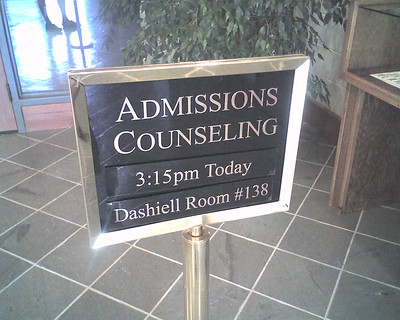If you doubt the impact that high school advising has on college enrollment, read on. The State of Missouri placed advisors in rural high schools to provide information about post-secondary options. The result? College enrollment increased.
It is impossible to attribute the recent drops in college enrollment to specific causes, but the pandemic separated a lot of high school students from the people in their schools that would have advised them about their college options. It is likely that in the absence of advising, students opted to bypass college enrollment.
The decision not to enroll in college immediately after high school graduation has significant consequences. Less than 1% of recent high school graduates who took a “gap” year, or otherwise didn’t enroll in fall college courses in the year they graduated high school went on to enroll in a post-secondary program the following fall semester. In other words, if high school seniors don’t go to college right away, they’re highly unlikely to go later.
So, the notion that placing college advisors in high schools would positively impact enrollment is worth exploring. (But only if an institution is interested in increasing enrollment.) Missouri actually initiated its rootEd program in 2018 with just eight schools. The state expanded the program in 2021, using federal COVID relief dollars to fund it. Missouri just announced that it will expand the program statewide, after seeing the results of the initial pilot.
A growing body of research shows a clear connection between high quality post-secondary student advising and student success. Unfortunately, most schools (including WCC) deliver less-than-stellar academic advising. This lack of quality advising does more than fail to help students; it actively hurts them and costs them extra money.
College enrollment depends on high quality academic advising
For transfer students, low quality advising translates into unnecessary enrollment in courses that will not transfer. It also causes students to miss the opportunity to take classes that will transfer to their desired institution.
Ultimately, it’s insufficient for the WCC Administration to lament the loss of recent high school graduates when discussing college enrollment when they’ve made only a limited effort to provide high quality advising to them. It is likewise insufficient to provide low-quality academic advising to the students who do enroll.
College enrollment is no longer a spectator sport, and WCC cannot rely on students to simply show up. Part of recruiting is having programs to offer students that will enable them to make more than minimum wage. Another part of recruiting is being able to provide students with highly accurate information about their programs of study.
Photo Credit: K. Todd Storch , via Flickr












